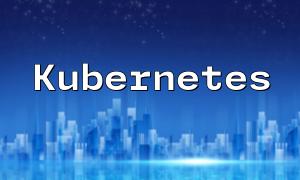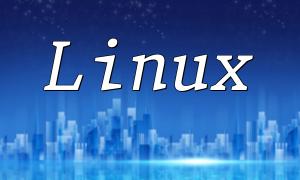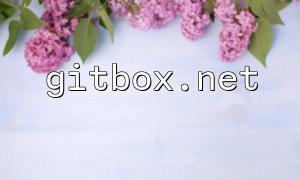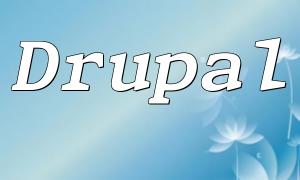CentOS is widely recognized for its stability and security, making it the preferred choice for many PHP developers. This guide will provide you with a complete walkthrough on how to set up an efficient PHP development environment on CentOS, suitable for both beginners and experienced developers.
CentOS is well-known for its stability and security, making it an ideal choice for PHP development. Its package management system (YUM) and extensive software repositories make it easy and quick to install and manage development tools. Additionally, CentOS's compatibility with Red Hat makes it a popular choice for production environments in many enterprises.
To start PHP development, you'll need to set up a basic development environment. Below are some essential steps:
Apache is one of the most popular web servers, supporting PHP execution. You can install Apache by running the following command:
After installing Apache, the next step is to install PHP. Run the following command to install PHP and necessary modules:
You can verify the installation by creating a simple PHP file. Create a file named info.php under the /var/www/html/ directory and add the following content:
Then, access http://your_server_ip/info.php in your browser. If you see the PHP info page, the installation is successful.
On CentOS, there are several powerful PHP development tools to help you improve productivity.
Composer is a dependency management tool for PHP that helps manage libraries and dependencies for your projects. You can install Composer by running the following command:
Once installed, you can use the composer command to create and manage PHP projects.
Git is an essential tool for version control and collaborative development. You can install Git by running the following command:
Once installed, you can use the git command to manage code versions.
Developers have various choices when it comes to IDEs. Common options include PHPStorm, Visual Studio Code, and Sublime Text. These tools provide rich plugin support and features to enhance the development experience.
PHP development on CentOS is not just about setting up the environment, but rather an entire development process. From environment setup to tool selection, every step is important. We hope this guide helps you quickly set up your PHP development environment and boost your productivity.
For more information about PHP development tools and tips, refer to related PHP documentation and community forums to stay in touch with other developers and get the latest insights.









